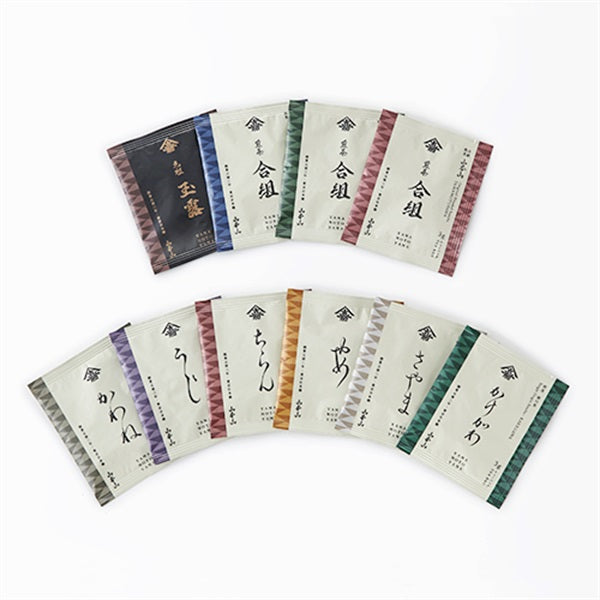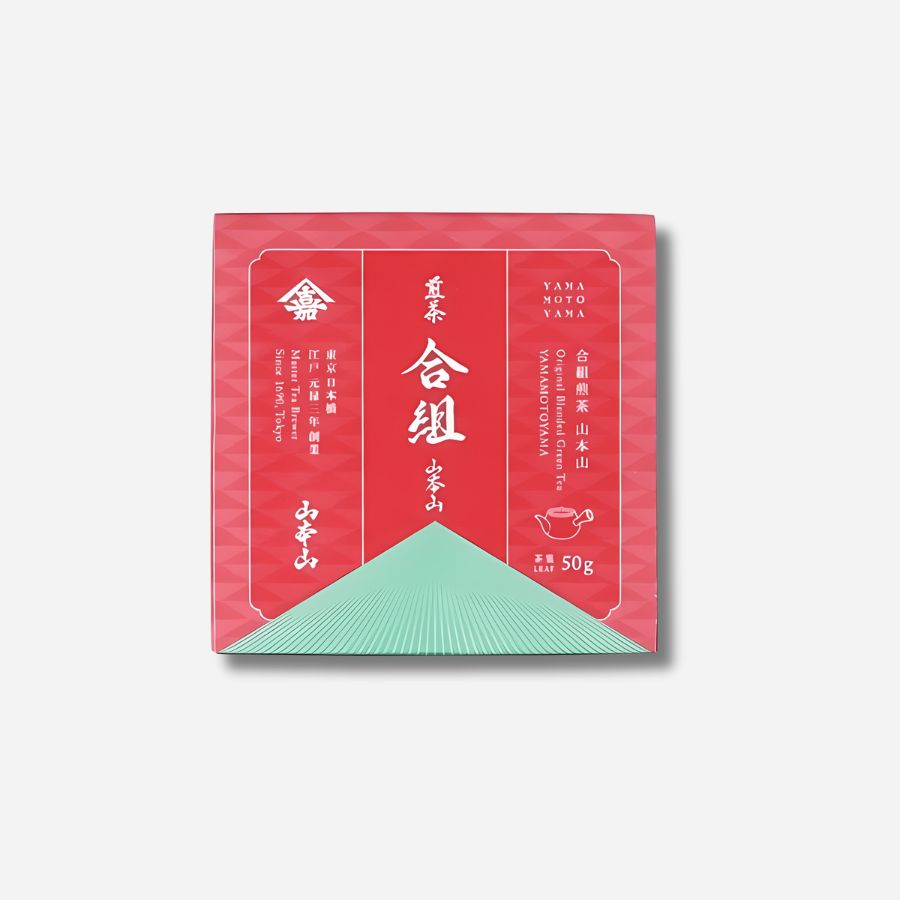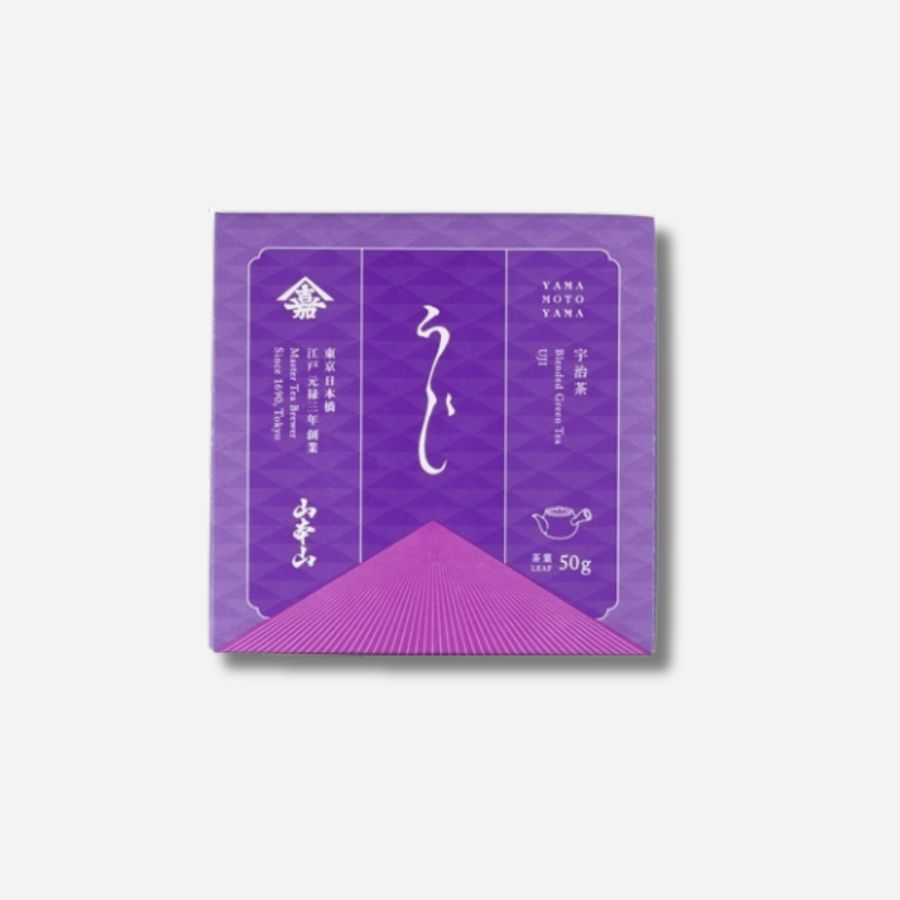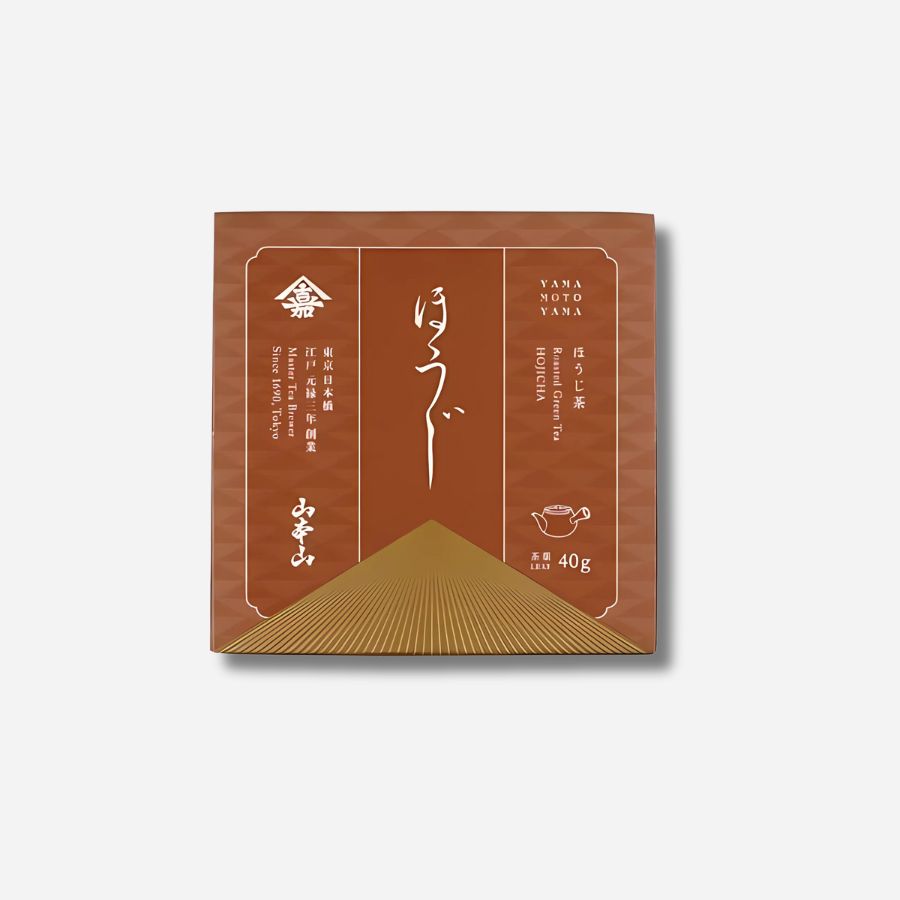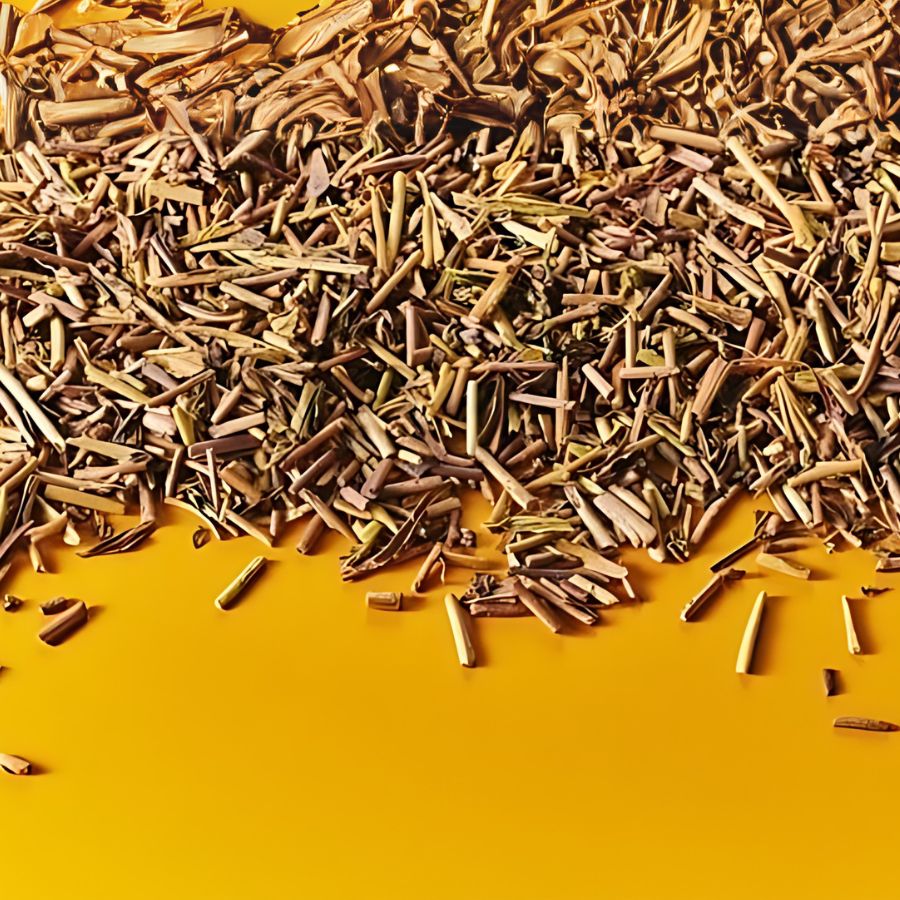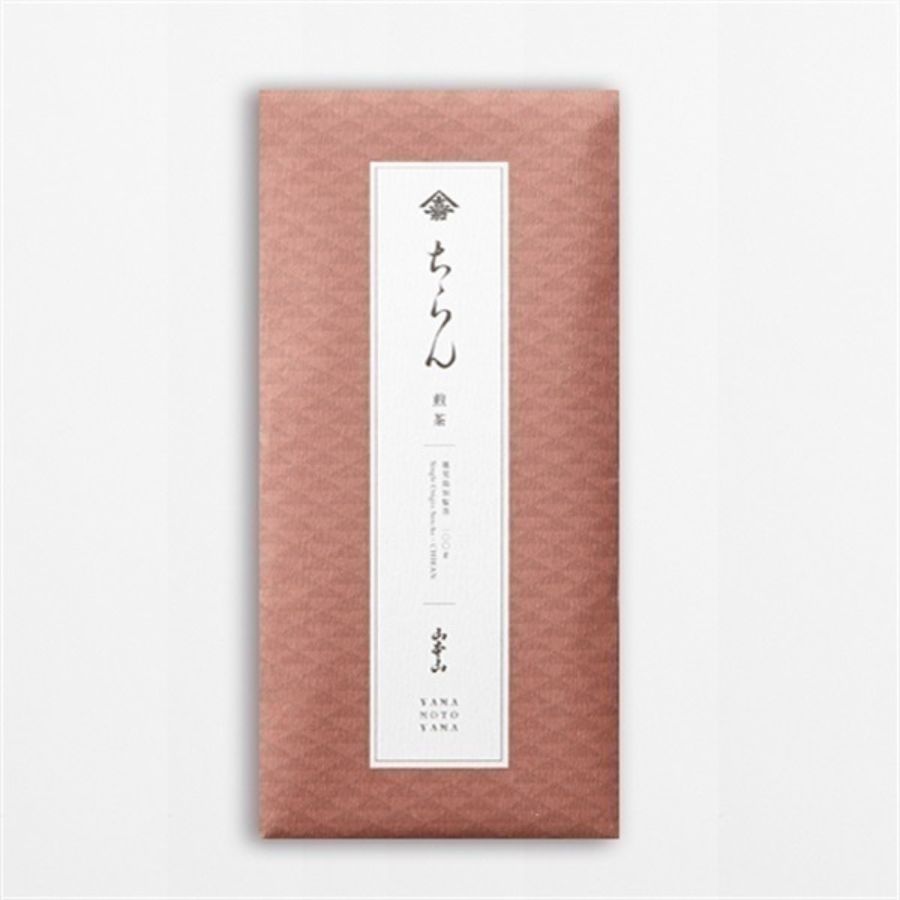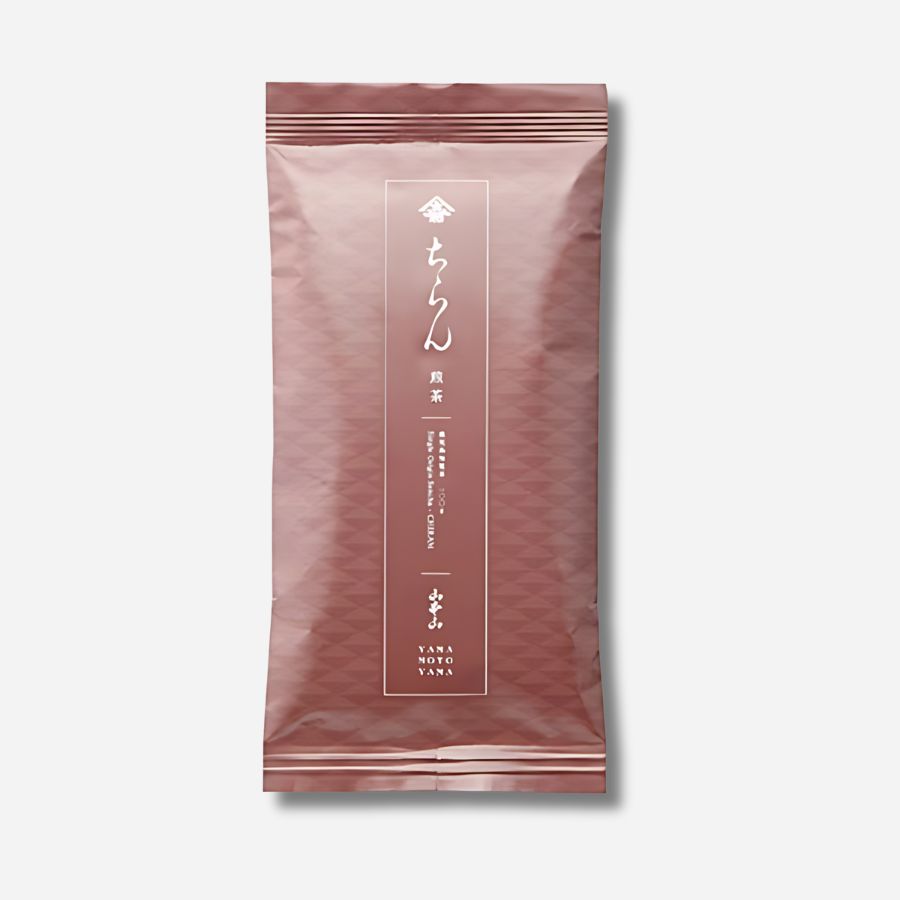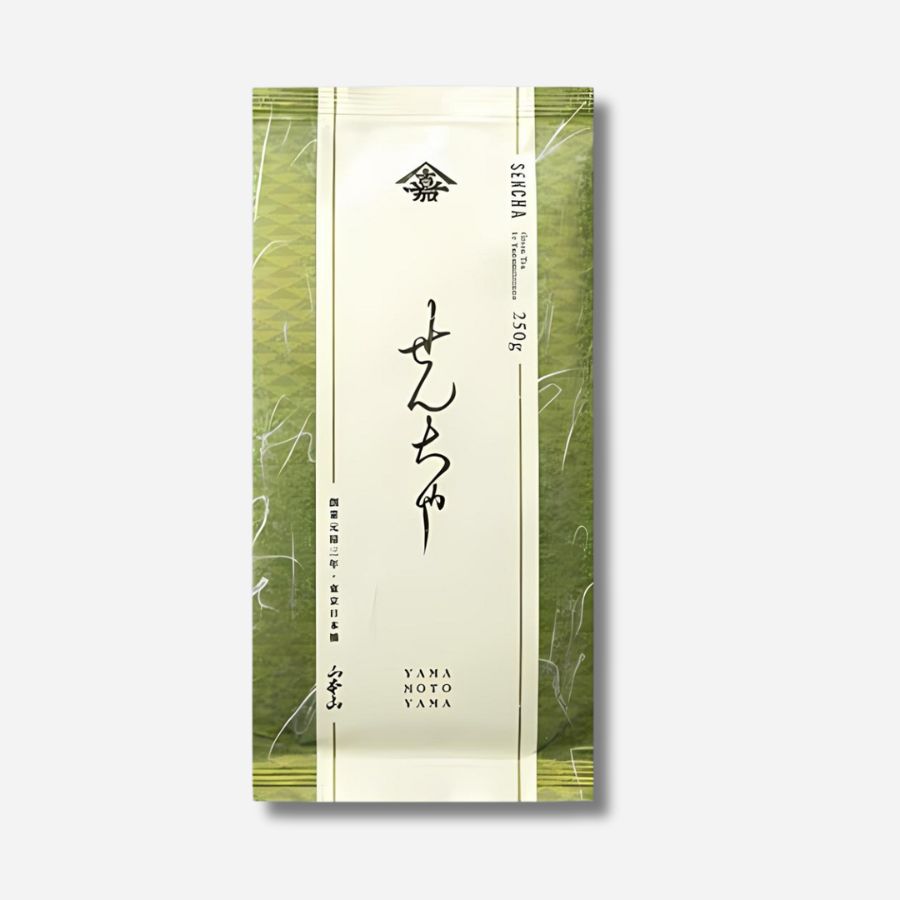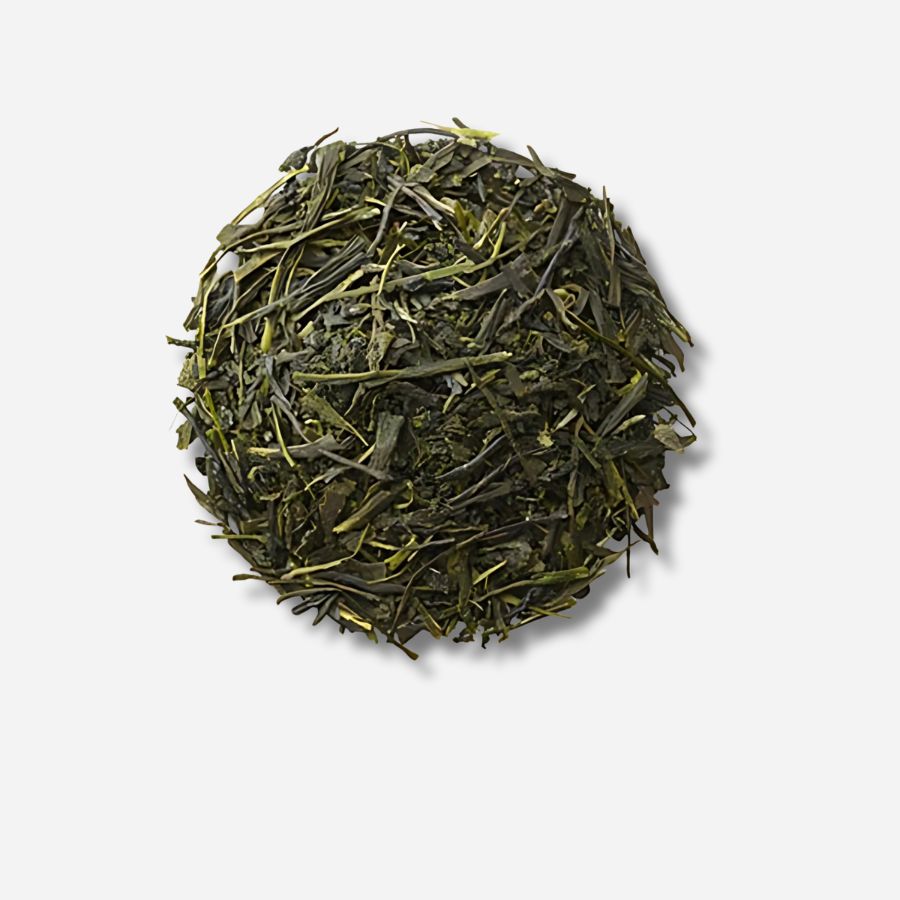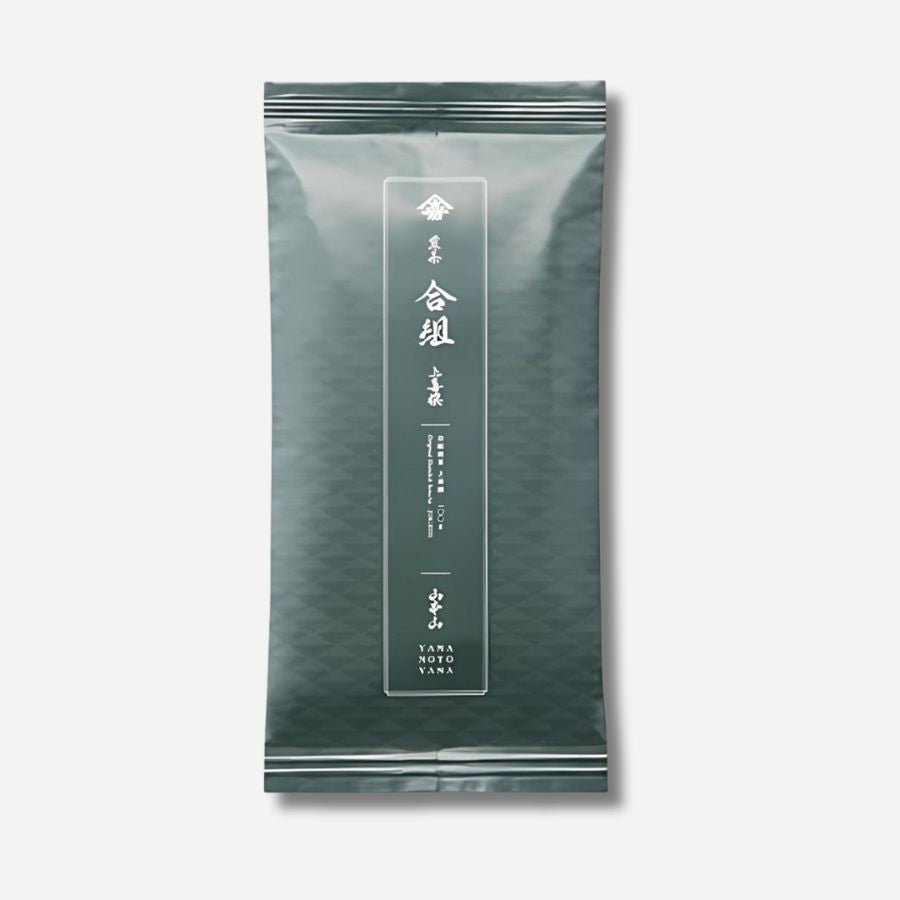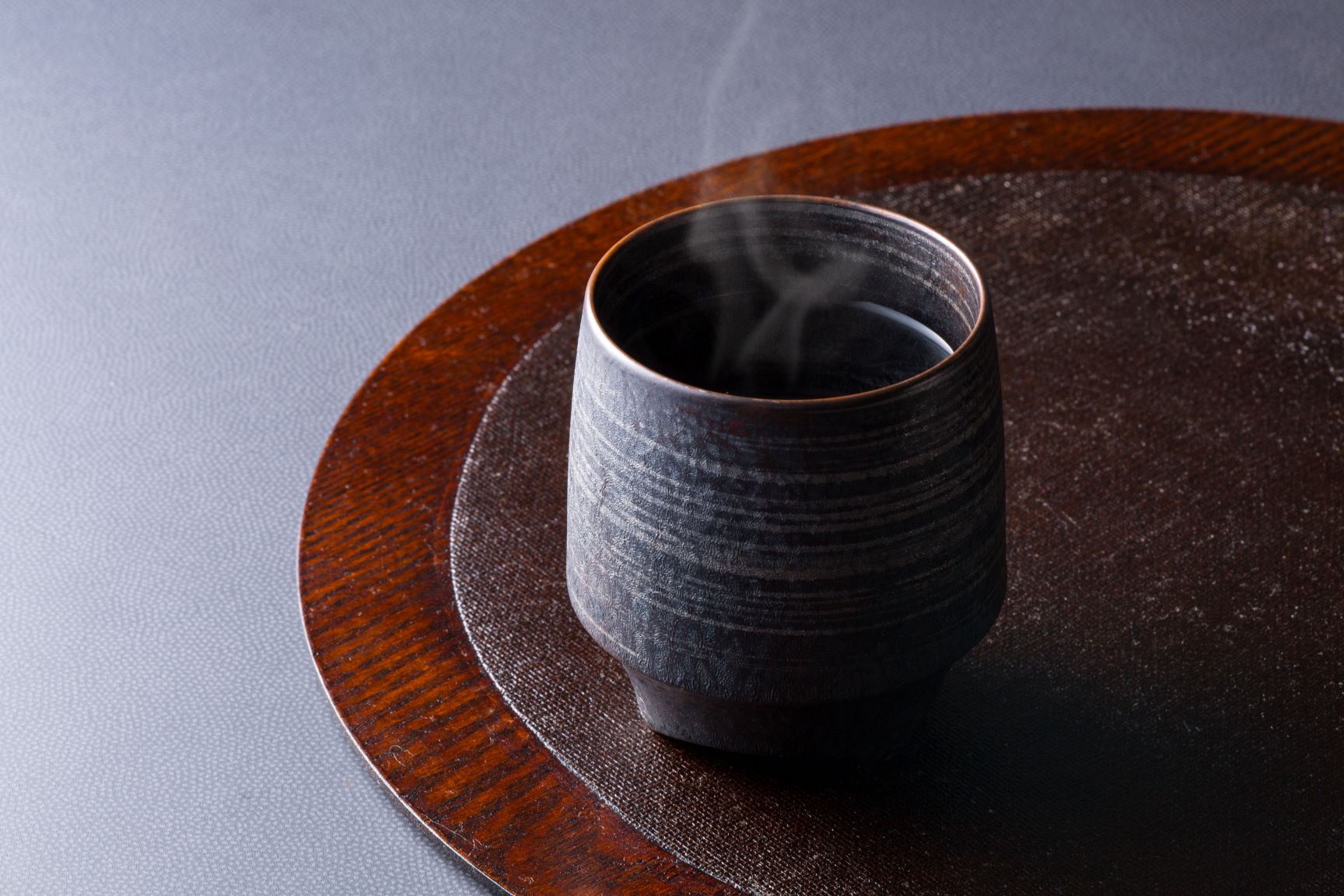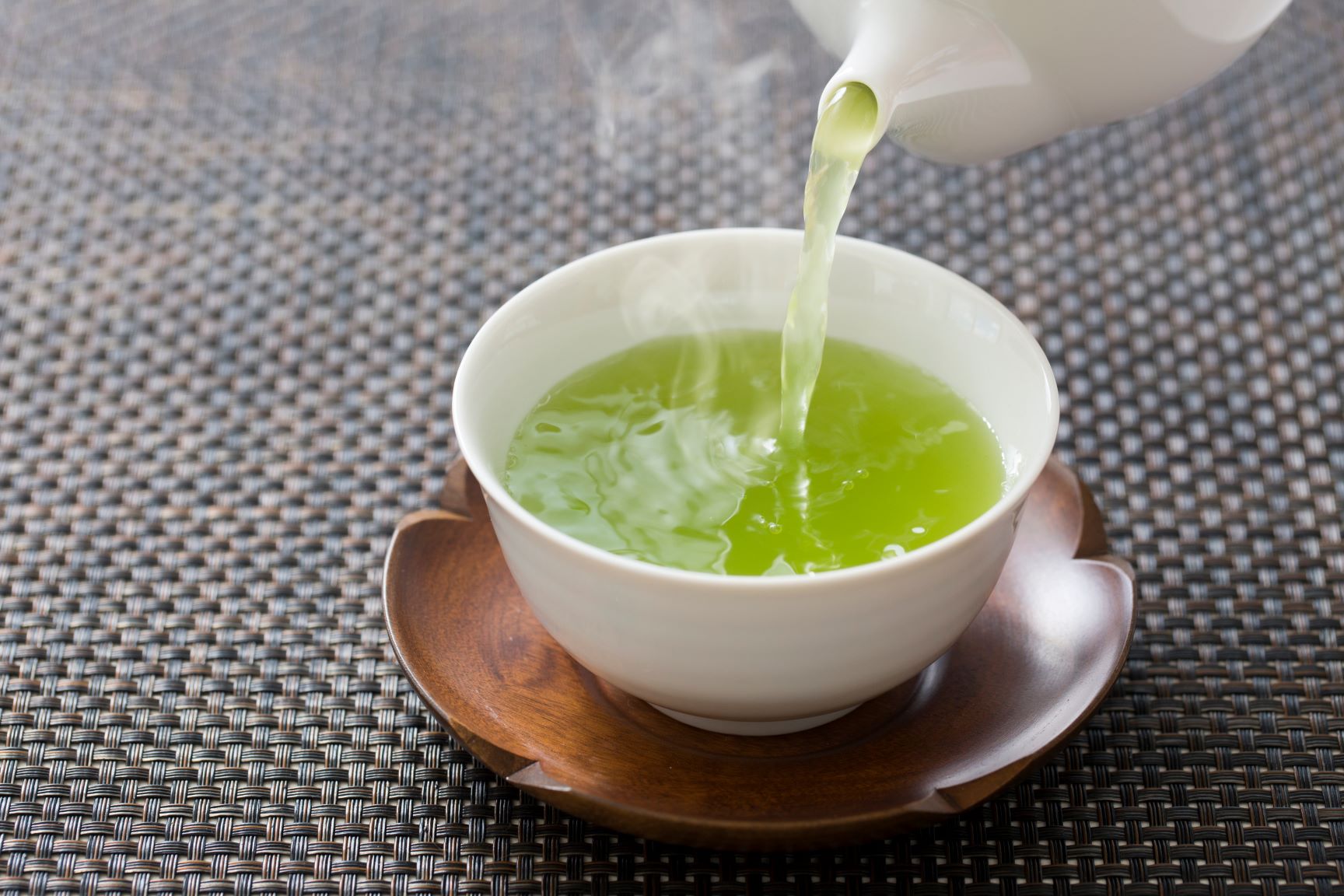
Actually, it's deep! What to look for when buying tea at the supermarket
Introduction
I think most people buy tea leaves at supermarkets, but when choosing tea leaves without seeing the contents, the label (packaging) is a big clue.
The label contains various information about the tea.
It contains information such as the type of tea (such as regular sencha or deep-steamed sencha), its place of origin, and variety.
It would be good to be able to understand what this information means, as it will give you clues about the taste and quality.

Five things to look for in tea packaging
Point 1: Look at the types of tea
Those who don't drink much tea may only know about the different types, such as barley tea, green tea, and roasted green tea, but even within the same type of sencha, there are different types such as regular sencha and deep-steamed sencha, and there are a huge number of different types of Japanese tea. Each type has a different taste, so it's important to remember them.
Representative types of Japanese tea
1. Regular Sencha : Japan's representative green tea. The tea leaves are steamed for 30 seconds. The raw leaves are steamed, rolled and twisted into thin strips, resulting in high-quality Sencha that is as thin as a needle. It is characterized by a fresh flavor and a good balance of astringency and umami.
2. Deep-steamed Sencha : The tea leaves are steamed for 1-2 minutes longer than for regular Sencha. Because of the longer heating time, the color and flavor are deeper than regular Sencha, and it has a mellow flavor with less bitterness and astringency.
3. Bancha : The definition varies depending on the region, but it is a tea made from tea leaves picked in the fall after the first and second harvests. Although it does not have the umami flavor of first harvest, it contains a lot of catechins and is expected to have health benefits.
4. Kamairicha : This tea is made by roasting the tea leaves in a kettle instead of steaming them to stop the fermentation process. It has a fragrant aroma and a clean, refreshing taste.
5. Mecha : This tea is made from the fine tea leaves that are produced when making Sencha or Gyokuro. It has a strong umami flavor and a rich taste and aroma.
6. Tamaryokucha : This is made by changing the method of making kettle-fried tea into a steamed one. It is also called "Guricha."
7. Gyokuro : A high-quality green tea. The tea leaves are grown in a dark environment, giving them a rich, sweet, and savory flavor.
8. Kabusecha : This type of tea is made by covering the tea plant directly with a bamboo lattice or straw for about a week after the new shoots appear. It has a rich sweetness and a refreshing aroma.
9. Hojicha : A type of tea made by roasting Sencha or Bancha at around 180 degrees. It has a fragrant aroma.
10. Bancha : Tea made from the leaves picked after the first harvest of the spring.
11. Tencha/Matcha : This tea is made by steaming only the leaves of the dew plant, drying them without rolling them, and grinding them in a stone mill into a powder. It is mainly used in the tea ceremony.
12. Genmaicha : A tea made by mixing sencha and brown rice roasted under high pressure. It has a fragrant aroma and is popular in the Kansai region and west.
13. Kukicha : This tea is made by roasting the stems after the buds have been picked. It is called "dememono" and is more delicious than its price would suggest, and you can enjoy the unique aroma of the stems.
Point 2: Check the production area
Shizuoka is the most famous, but there are other tea-producing areas all over Japan, such as Kagoshima, Saitama, and Kyoto, and the types and flavors of the tea produced vary.
It is also useful to know terms such as "gogumi" (a combination of tea leaves). Tea products are often named after the prefecture or city where they were produced, but in these cases, there is a rule that 100% of the tea used must be from that area.
If the amount of raw tea used from a particular region is less than 100%, in addition to having to label it as a blend of XX, the percentage used must also be indicated, such as 50%.
In addition, there are strict rules such as requiring the place of finishing to be listed if the finishing process is carried out outside the place of origin of the crude tea, and if there are two or more places of origin, listing them in order of the proportion of the raw materials they account for.
Point 3: Is the tea entered in a tea competition?
The largest such event is the National Tea Competition held every November, but there are also competitions in tea-producing regions all over Japan, and teas entered in these competitions sometimes have "entered by the XX Tea Evaluation Committee" printed on their packaging.
A tea tasting is a competition in which the quality of tea leaves is judged and ranked. It is said to have started in the Edo period, and is a very prestigious event that is important for tea producers.
At tea competitions, tea is judged on four criteria: appearance, aroma, taste, and color. There are first, second, and third place awards, and at the National Tea Competition, the highest award is the Minister of Agriculture, Forestry and Fisheries Award. Even if a tea does not win a prize, the fact that it has been submitted to a tea competition is considered to be a sign of a certain level of quality.
Point 4: When is the harvest season?
The taste also changes depending on the harvest time.
Harvesting takes place from spring to summer, and the first tea harvested in the year is called Ichibancha (new tea), and is sometimes written as 88th night picking. It has a fresh fragrance, astringency, and umami. Tea picked after that is called Nibancha and Sanbancha.
Generally, first-picked tea is said to be the tastiest and most nutritious, but the later the tea is picked, the more polyphenols, or catechins, it contains, which are said to have strong antioxidant properties. It also has a lower caffeine content than new tea.
As such, the taste and nutritional content of each fruit varies depending on the time of harvest.
Point 5: Check the variety
More than 70% of Japanese tea produced is the "Yabukita" variety, but there are many other varieties such as "Yutakamidori" and "Kanayamidori." Each has its own unique characteristics in terms of aroma, bitterness, astringency, and sweetness.
Yabukita is a variety grown throughout the country, known for its high quality and the fact that it is resistant to cold and easy to root, resulting in the largest yield. Yutakamidori is a variety grown mainly in Miyazaki and Kagoshima prefectures, and is characterized by its disease resistance, rich light blue color, and flavor. On the other hand, Kanayamidori is a variety that is harvested later and is suited to colder climates. It is grown in Shizuoka and parts of Kagoshima prefecture, and is characterized by its sweet, milky fragrance.
Even if they are the same tea plant, different species have their own characteristics.

summary
What do you think? For tea leaves sold at supermarkets, where you cannot check the contents, the information written on the package is like a resume.
It's easy to be drawn to the design on the front and choose based on personal preference or intuition, but if you can learn to check the back of the package and understand the information, choosing tea will be much more fun.
Next time you have a chance to buy tea leaves at the supermarket, be sure to take a look at the label.


